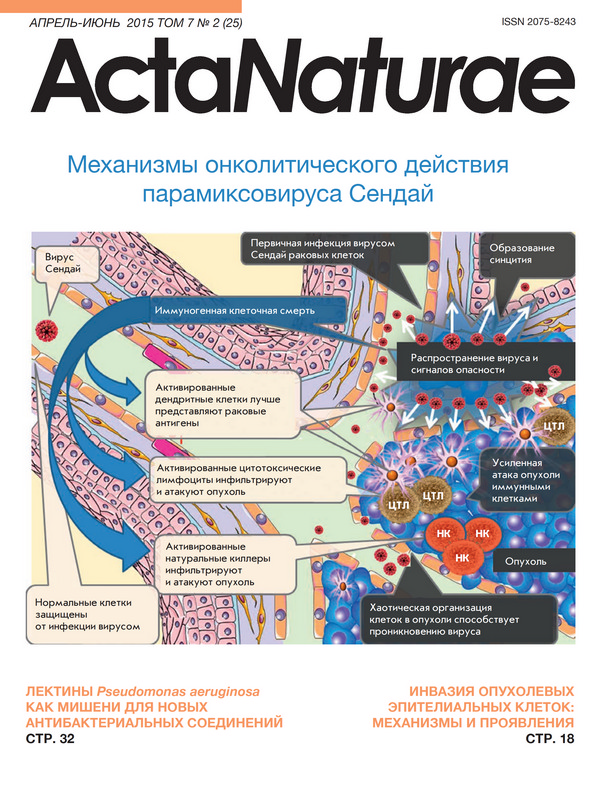Abstract
IRR (insulin receptor-related receptor) is a receptor tyrosine kinase belonging to the insulin receptor family, which also includes insulin receptor and IGF-IR receptor. We have previously shown that IRR is activated by extracellular fluid with pH > 7.9 and regulates excess alkali excretion in the body. We performed a bioinformatic analysis of the pH-sensitive potential of all three members of the insulin receptor family of various animal species (from frog to man) and their chimeras with swapping of different domains in the extracellular region. An analysis using the AcalPred program showed that insulin receptor family proteins are divided into two classes: one class with the optimal working pH in the acidic medium (virtually all insulin receptor and insulin-like growth factor receptor orthologs, except for the IGF-IR ortholog from Xenopus laevis) and the second class with the optimal working pH in the alkaline medium (all IRR orthologs). The program had predicted that the most noticeable effect on the pH-sensitive property of IRR would be caused by the replacement of the L1 and C domains in its extracellular region, as well as the replacement of the second and third fibronectin repeats. It had also been assumed that replacement of the L2 domain would have the least significant effect on the alkaline sensitivity of IRR. To test the in silico predictions, we obtained three constructs with swapping of the L1C domains, the third L2 domain, and all three domains L1CL2 of IRR with similar domains of the insulin-like growth factor receptor. We found that replacement of the L1C and L1CL2 domains reduces the receptor’s ability to be activated with alkaline pH, thus increasing the half-maximal effective concentration by about 100%. Replacement of the L2 domain increased the half-maximal effective concentration by 40%. Thus, our results indicate the high predictive potential of the AcalPred algorithm, not only for the pH-sensitive enzymes, but also for pH-sensitive receptors.







